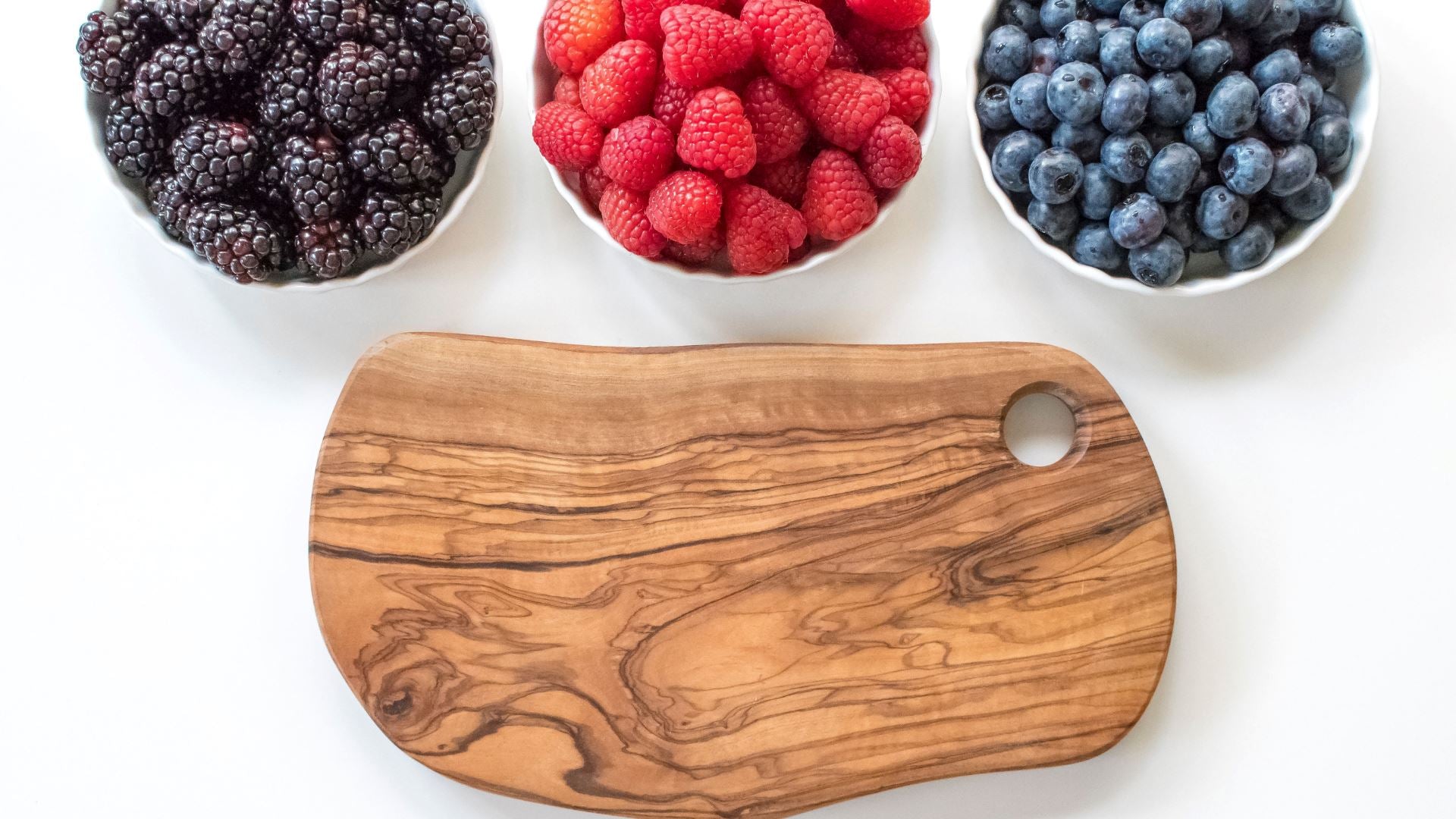A gluten-free diet is the main treatment for people with celiac disease. Many people without this condition are also going gluten-free for its supposed health benefits.
Gluten is a protein found in wheat, barley, and rye. This protein helps foods hold their shape. Most cereals, breads, and pastas contain gluten.
Some people have an intolerance to gluten. Celiac disease is an autoimmune condition in which gluten damages the small intestine, and nonceliac gluten sensitivity is a food intolerance that leads to discomfort after eating gluten.
However, a survey by a market research company found that up to 30% of adults in the United States are trying to reduce or eliminate gluten from their diet. Many of them do not have celiac disease.
Complications can arise if a person with celiac disease continues to eat gluten, such as:
- nutrient deficiencies
- anemia
- weight loss
- osteoporosis
- infertility
- multiple sclerosis (MS)
- neurological conditions
Celiac disease affects around 1% of people in the United States, or 1 in 133 people. A large percentage of people with celiac may not know they have it.
Nonceliac gluten sensitivity is considered less severe than celiac disease. Eating gluten does not damage the intestine, but people may experience discomfort after eating gluten.
Symptoms of gluten sensitivity often arise outside the digestive system and can include:
- headaches
- brain fog
- joint pain
- numbness in the extremities
Researchers believe that more people have gluten sensitivity than celiac disease. Estimates vary, but it may affect between 0.5% and 13% of people.
Many naturally gluten-free foods can be a part of a healthy diet:
- Fruits and vegetables
- Beans, seeds, legumes and nuts in their natural, unprocessed forms
- Eggs
- Lean, non-processed meats, fish and poultry
- Amaranth
- Arrowroot
- Buckwheat
- Corn — cornmeal, grits and polenta labeled gluten-free
- Flax
- Gluten-free flours — rice, soy, corn, potato and bean flours
- Hominy (corn)
- Millet
- Quinoa
- Rice, including wild rice
- Sorghum
- Soy
- Tapioca (cassava root)

Wheat flours have different names based on how the wheat is milled or the flour is processed. All of the following flours have gluten:
- Enriched flour with added vitamins and minerals
- Farina, milled wheat usually used in hot cereals
- Graham flour, a course whole-wheat flour
- Self-rising flour, also called phosphate flour
- Semolina, the part of milled wheat used in pasta and couscous
- Gluten-free food labels
- When you are buying processed foods, you need to read labels to determine if they contain gluten. Foods that contain wheat, barley, rye or triticale — or an ingredient derived from them — must be labeled with the name of the grain in the label's content list.
In general, avoid the following foods unless they're labeled as gluten-free or made with corn, rice, soy or other gluten-free grain:
- Beer, ale, porter, stout (usually contain barley)
- Breads
- Bulgur wheat
- Cakes and pies
- Candies
- Cereals
- Communion wafers
- Cookies and crackers
- Croutons
- French fries
- Gravies
- Imitation meat or seafood
- Malt, malt flavoring and other malt products (barley)
- Matzo
- Pastas
- Hot dogs and processed lunchmeats
- Salad dressings
- Sauces, including soy sauce (wheat)
- Seasoned rice mixes
- Seasoned snack foods, such as potato and tortilla chips
- Self-basting poultry
- Soups, bouillon or soup mixes
- Vegetables in sauce

10 Supercharged Health Benefits of Eating a Gluten-Free Diet
Gluten-free foods have become a fad and there is plenty of debate regarding the health benefits and risks of going gluten free even if you don’t have gluten intolerance. However, a gluten-free diet is an absolute must for those suffering from celiac disease or gluten intolerance. Gluten is present in almost all foods from bread and cereals to snacks, beverages and even sauces. While this can make it hard you to avoid products containing gluten altogether, it’s well worth the effort.
There are plenty of myths about the gluten-free diet but the one thing that is certain is that it offers tremendous health benefits for those with gluten intolerance or celiac disease. Here are a few of the health benefits of following a gluten-free diet.
1. Improves energy levels
People who have gluten sensitivity often suffer from chronic fatigue. This is because consuming gluten products damages their intestines which in turn impairs the absorption of several nutrients including iron. This iron deficiency leads to anemia which results in debilitating fatigue and exertion intolerance. Switching to a gluten-free diet, will give your intestines a chance to heal and this will restore nutrient absorption and improve your energy levels.
2. Promotes healthy weight gain
The symptoms of celiac disease and gluten intolerance include diarrhea, bloating, gas and fatigue – which can seem rather vague and so the condition can go undiagnosed for decades. This results in nutritional deficiencies and in many cases, severe and uncontrolled weight loss. A gluten-free diet will help you regain lost weight as well as eliminate these nutritional deficiencies.
3. Eliminates bloating
If you have celiac disease or gluten intolerance, you are likely to experience excess gas and bloating after eating foods that contain gluten. When you switch to a gluten-free diet, you will notice an immediate difference as your digestive distress will disappear and your stomach will be visibly flatter after your meal.
4. Reduces joint pain
Celiac disease and gluten intolerance are generally associated with the gastrointestinal tract, but they can have far reaching effects. Since celiac disease causes an abnormal immune reaction, it increases the risk of inflammation. This is why joint pain, especially in the knees, back and wrists is a common symptom of celiac disease. A gluten-free diet will help to prevent this type of joint pain but take steps to ensure that you do not ingest even a small amount of gluten as it can result in a recurrence of your symptoms.
5. Reduces the frequency of headaches
Over the last couples of decades, scientists have discovered that the gut and brain are closely connected and there are several studies underway to discover the exact implications of this gut-brain connection. It is clear that people with gluten intolerance and celiac disease are more likely to experience migraine headaches. However, studies show that switching to a gluten-free diet can help to reduce the frequency of these headaches.
6. Reduces depression
People with celiac disease are more likely to suffer from depression. However, researchers found that following a gluten free diet has a favorable effect on depression symptoms and can help to improve a patient’s quality of life.

7. Reduces lactose tolerance
People who suffer from celiac disease or gluten intolerance often exhibit symptoms of lactose intolerance as well. This is because the lining of the gut produces the enzyme lactase which breaks down the lactose found in dairy products. People with a gluten intolerance suffer from damage to the gut which impairs lactase production. However, this effect is temporary, and a gluten-free diet will promote gut health and reduce or even eliminate the symptoms of lactose intolerance.
8. Improves bone health
Undiagnosed celiac disease patients often suffer from severe calcium deficiencies due to the malabsorption of nutrients. This calcium malabsorption is linked to an increased risk of bone problems such as osteoporosis and osteopenia. However, researchers found that celiac patients who followed a gluten free diet experienced significant improvement in bone mineral density.
9. Improves skin health
People who have undiagnosed celiac disease or gluten intolerance are at a higher risk for rashes, including eczema and psoriasis. Following a gluten free diet can help to improve your overall skin health and even eliminate these skin problems.
10. Reduces hair loss
Celiac disease and gluten intolerance have been linked to nutritional deficiencies which in turn cause hair loss. Starting a gluten free diet can help to reverse this type of hair loss, increase hair density and improve hair texture.
References:
https://www.medicalnewstoday.com/articles/288406#when-is-gluten-bad
https://www.glutenfreeliving.com/gluten-free-foods/diet/benefits-of-gluten-free-diet/


